The city of Venice is unique, both in its history and in its particular shape. The historic centre is completely surrounded and crossed by water, and from above it shows a fish-like shape.
Venice is made up of endless canals and rios: the main one is the famous Grand Canal, which crosses the historic city centre dividing it into two parts; but it is also characteristic for its narrow calli, campi, fondamenta, salizzade and small islands connected by as many bridges, and for the monuments and works of art it holds.
If you are planning a trip to these places, buy your Venice Pass and take advantage of all the concessions it offers. In addition, the lagoon is made up of no less than 62 islands, including the major ones, including Burano, Murano and Giudecca, and other smaller ones. Let's find out together how you can use public transport to get around Venice and visit this wonderful, world-famous city.

How to reach Venice
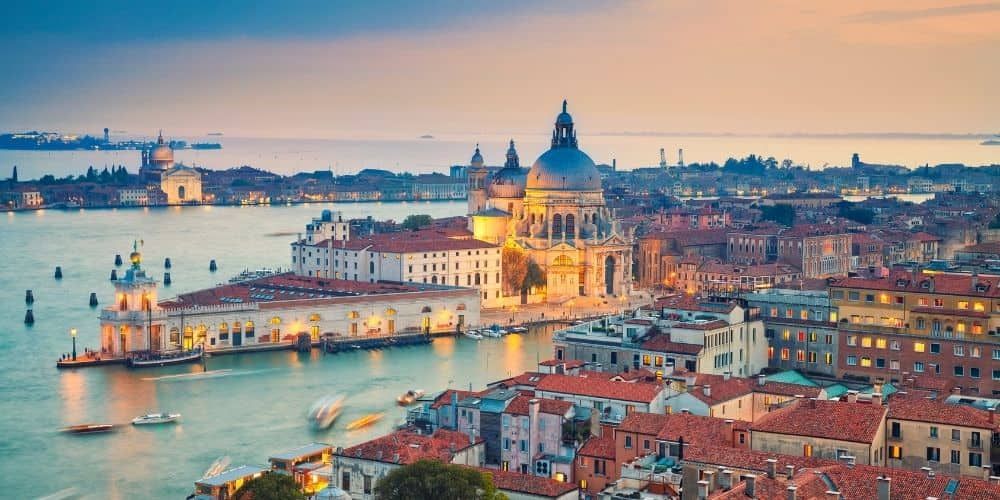
In the Venetian lagoon one can only move around on foot (in the historic centre even bicycles are forbidden) or through the waterways thanks to the typical 'water bus': the vaporetto. In addition to this, there are several boats that can be used to reach the focal points of the city and all the remaining islands around it. We show you the means of transport that are useful for getting around the city when you can't or don't want to go on foot, so that you can experience like a true local and discover all the conveniences of public transport for getting around Venice.
Of course, the city is well connected to the mainland by various non-waterborne means of transport, such as train, bus, tram and car. All this is possible thanks to the Ponte della Libertà, a railway and road bridge of about four kilometres that connects the historic centre of Venice with the mainland. It is the only access route for vehicular traffic, with arrival limited to Piazzale Roma and the island of Tronchetto, where there are car parks to park your vehicle. From Venice-Marco Polo airport it will therefore be possible to reach the city centre by public transport buses or by sea, thanks to Alilaguna.
Venice Discovery PassWater transport in Venice: the gondola

The most common means of transport of historical tradition in Venice is certainly the gondola. The city's image has always been associated with this famous means of transport, which, until the advent of motorised vehicles, was the Venetian ship most suitable and used for transporting people. Today you can enjoy a magnificent gondola tour through the canals of Venice, to admire the city and its historic palaces from the waters of the lagoon, but not only! There are in fact special gondolas for crossing the canals. It also gives a romantic view of the sights and is highly sought after by tourists.
Plan a gondola rideThe vaporetto to get around Venice
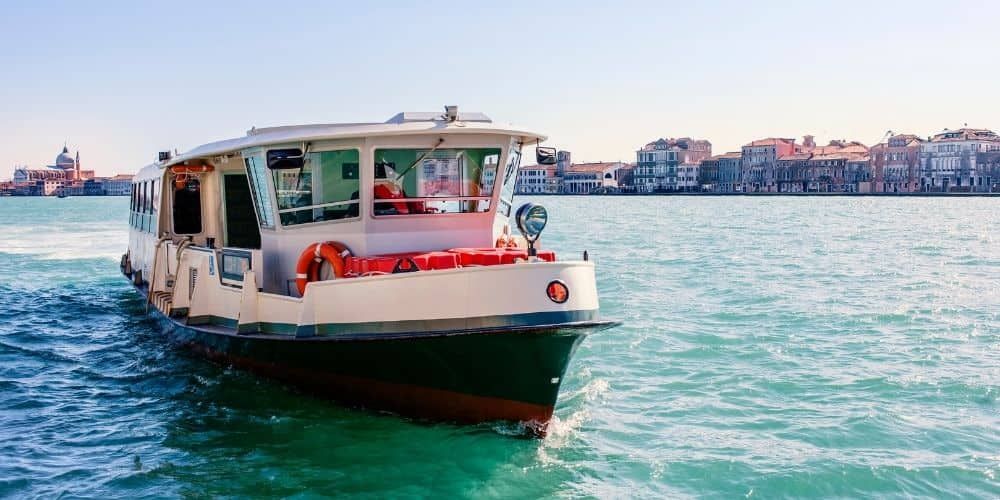
The vaporetto is a distinctive feature of this city: a true symbol for getting around Venice, on a par with gondolas. It can be described as a bus on water and is the easiest way to get around the city. Like local buses, waterbuses connect all areas of the city according to lines and timetables that meet the various needs of citizens. They are operated by the public transport company ACTV, which also handles transport in the mainland areas of the municipality of Venice. The most useful routes for visitors are the 1 and 2, the lines in the city centre that cross Venice navigating mainly along the waterways of the Grand Canal or the Giudecca Canal. Mobility in the lagoon is guaranteed throughout the 24-hour period. From around midnight until five o'clock in the morning the night service network, marked by the N line, is active.
Discover Vaporetto PassAlilaguna: public transport in Venice
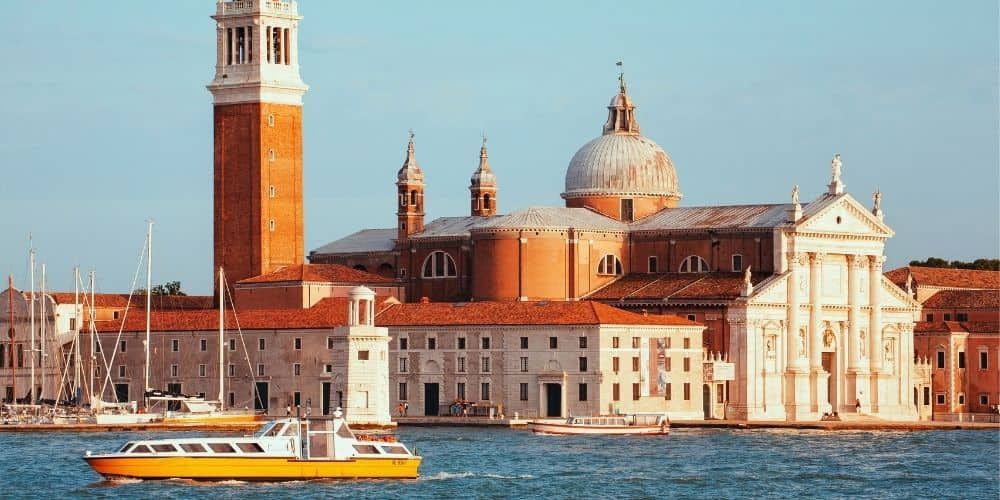
Another very convenient scheduled public service is that offered by Alilaguna. Its network consists of four lines connecting the Marco Polo Airport terminal and the Cruise Terminal to the centre of Venice, the Lido, Murano and Punta Sabbioni. From its stops you can easily reach every destination in the city, saving time and with the possibility of admiring the surrounding landscape from a privileged vantage point. The green line, in particular, will take you on a tourist trip to the islands of Murano, Torcello and Burano.
Discover Hop-On Hop-Off boatDiscover the charm of the gondola ferry
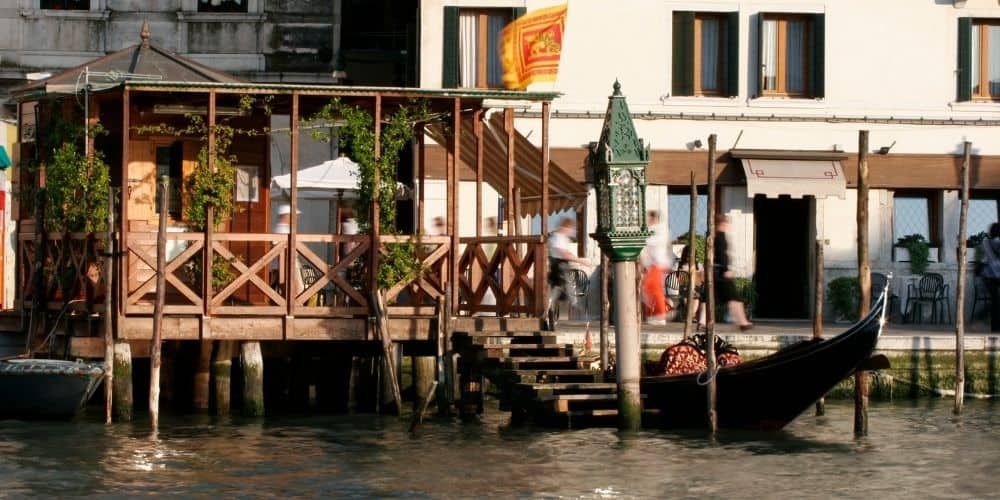
Less well known is the gondola traghetto, a gondola wider than normal ones, suitable for accommodating a larger number of passengers and manoeuvred by two gondoliers. It allows you to cross the Grand Canal at speed without having to walk long distances to find a bridge, at the low price of €2. The stazi, or gondola ferry stops, are located at Punta della Dogana, Santa Maria del Giglio, San Tomà, Riva del Carbon and Santa Sofia. A cheap way to get around Venice by public transport!
Car transport in Venice
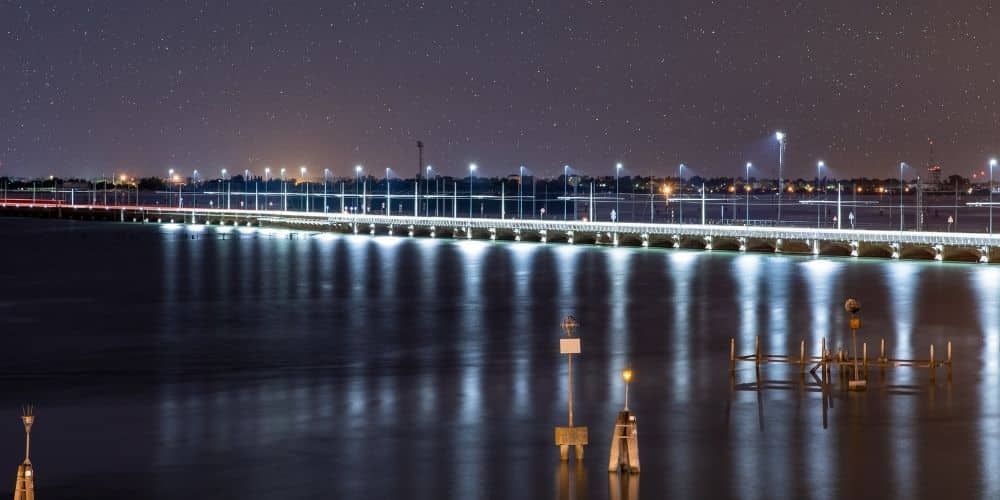
About the author
Written on 14/04/2024

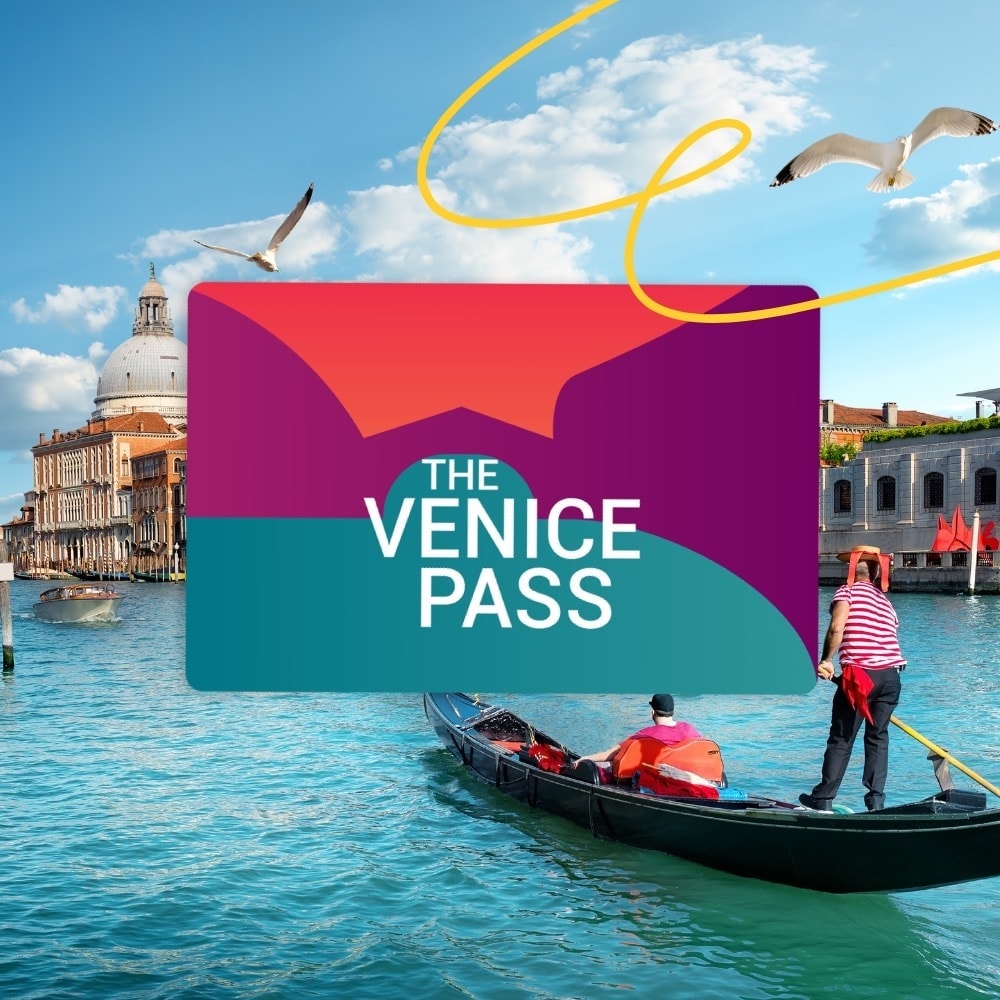
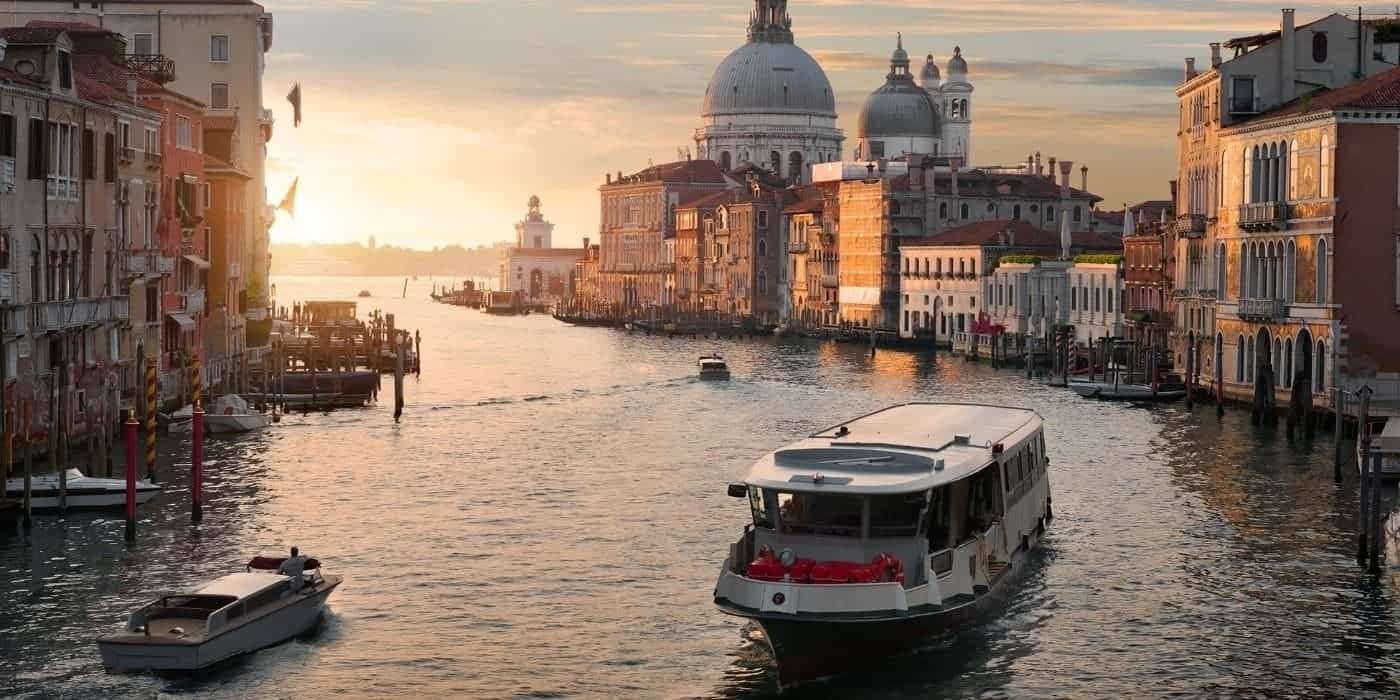

Sara Celin
Discover how to get around Venice by public transport, to reach the islands of the lagoon and the whole city